Hi there, pet lovers! 🐟
Few freshwater fish command as much awe and respect as the Arowana. Known as the “Dragon Fish” for its shimmering scales and powerful, predatory movements, this ancient species is a dream pet for serious aquarists. But is the Arowana the right fish for you?
In this detailed review, we’ll explore everything you need to know—from their natural behaviors and tank requirements to their unique biology and long-term care. Whether you’re considering an Arowana or simply fascinated by these living legends, this guide will help you make an informed decision.
Overview
Arowanas are large, carnivorous, surface-dwelling fish native to South America, Asia, and Australia. They are famous for their aerial hunting skills, armored scales, and impressive size. Here’s a quick summary of what makes them unique:
- Handling and Temperament: Not a hands-on pet; best observed rather than handled.
- Care and Maintenance: High-maintenance due to tank size, filtration, and feeding needs.
- Health and Durability: Hardy if kept in optimal conditions but sensitive to poor water quality.
- Availability: Widely available but may require sourcing from specialized breeders.
- Cost: Expensive due to tank setup and long-term care requirements.
- Overall: A challenging but rewarding fish for experienced aquarists.

Why Choose an Arowana?
Arowanas are not beginner fish, but they offer unparalleled beauty and fascinating behavior for dedicated keepers. Their long lifespan (10-20 years) and intelligent hunting instincts make them a captivating centerpiece in large aquariums. However, their size, power, and specialized care mean they’re best suited for those ready for a serious commitment.
Handling and Temperament
Arowanas are not pets to be handled frequently. They are powerful, fast-moving fish that can injure themselves (or you) if stressed.
Behavior and Interaction
- Skittish by nature—sudden movements or loud noises can trigger panic jumps.
- Predatory instincts—they will hunt live prey, including smaller tankmates.
- Minimal handling—only handled when necessary (e.g., tank transfers or health checks).
Potential Risks
- Jumping: Arowanas are expert leapers—a secure, heavy lid is mandatory.
- Biting: Their sharp teeth can draw blood if they mistake fingers for food.
- Tail slaps: Their strong tails can knock over equipment or even crack glass.
Key Takeaway: Arowanas are display animals, not interactive pets. They thrive best in stable, low-stress environments.
Care and Maintenance
Arowanas require specialized care, particularly due to their size and feeding habits.
Tank Setup
- Minimum Tank Size: 200+ gallons (larger is better—some keepers use 500+ gallon setups).
- Tank Shape: Long and wide (they need horizontal swimming space).
- Lid Security: Weighted, escape-proof lids (they can jump several feet).
- Substrate: Bare-bottom or smooth sand (easier to clean, prevents injury).
Water Conditions
- Temperature: 75–86°F (24–30°C) (tropical, stable warmth is crucial).
- pH Level: 6.0–7.5 (slightly acidic to neutral).
- Filtration: Heavy-duty canister/sump filters (they produce massive waste).
- Water Changes: 30-50% weekly (prevents ammonia/nitrate buildup).
Feeding
- Carnivorous diet: Live/frozen fish, shrimp, crickets, pellets.
- Avoid overfeeding: Obesity is a risk—feed once daily or every other day.
- Surface feeding: Prevents “drop eye” syndrome (a common Arowana issue).
Key Takeaway: Arowanas need spacious, meticulously maintained tanks with strong filtration and a strict feeding routine.

Health and Durability
While Arowanas are resilient, poor care leads to rapid health decline.
Common Health Issues
- Drop Eye Syndrome: Caused by improper feeding (always feed at the surface).
- Bacterial/Fungal Infections: Often due to poor water quality.
- Scale Damage: Can occur from collisions with tank decor.
Preventative Care
- Regular water testing (ammonia, nitrite, nitrate levels).
- Quarantine new tankmates (prevents disease spread).
- Avoid overcrowding (reduces stress and aggression).
Key Takeaway: Stable water conditions and proper feeding are the keys to a healthy Arowana.
Availability and Cost
Arowanas are readily available, but prices vary based on species and rarity.
Where to Buy
- Specialty breeders (best for healthy, captive-bred specimens).
- Aquarium expos (wide selection, chance to inspect before buying).
- Online retailers (ensure they have good reviews and shipping policies).
Cost Breakdown
- Fish Price: $50 to $500+ (Asian Arowanas can cost thousands).
- Tank Setup: $1,000 to $5,000+ (large tanks, filters, heaters, etc.).
- Ongoing Costs: $100+/month (food, electricity, water treatments).
Key Takeaway: Arowanas are a long-term financial commitment—budget carefully before purchasing.
Pros and Cons
Pros
✔ Stunning appearance (iridescent scales, dragon-like presence).
✔ Long lifespan (10–20 years with proper care).
✔ Intelligent and active (fascinating to observe).
Cons
✖ Extremely large tank required.
✖ High maintenance (daily feeding, frequent water changes).
✖ Not interactive (hands-off pet).
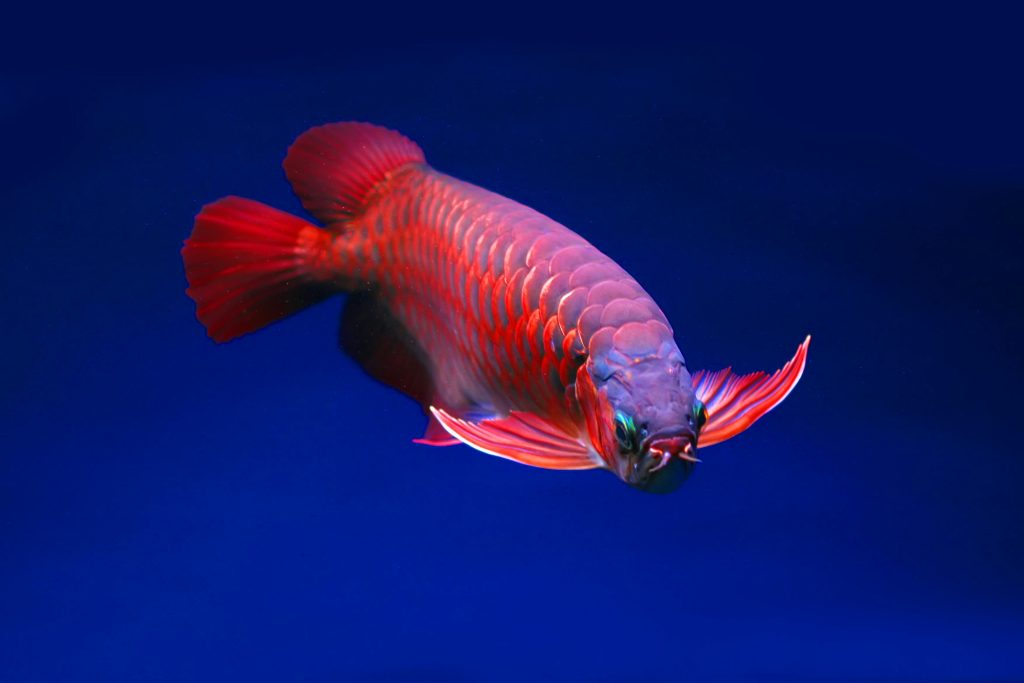
Final Thoughts
The Arowana is a magnificent but demanding fish, best suited for experienced aquarists with the space and budget for a massive setup. If you’re ready for the challenge, few fish offer the same majestic presence and primal hunting displays.
Before buying:
- Research local laws (some species are protected).
- Ensure you can commit to decades of care.
- Visit breeders to see them in person.
For those who take the plunge, the Arowana is a living work of art—a true freshwater titan.
Have you kept an Arowana? Share your experiences below! And if you’re exploring other exotic pets, check out our other fish reviews for more fascinating options.
Stay tuned for more in-depth pet care guides! 🐟🔥

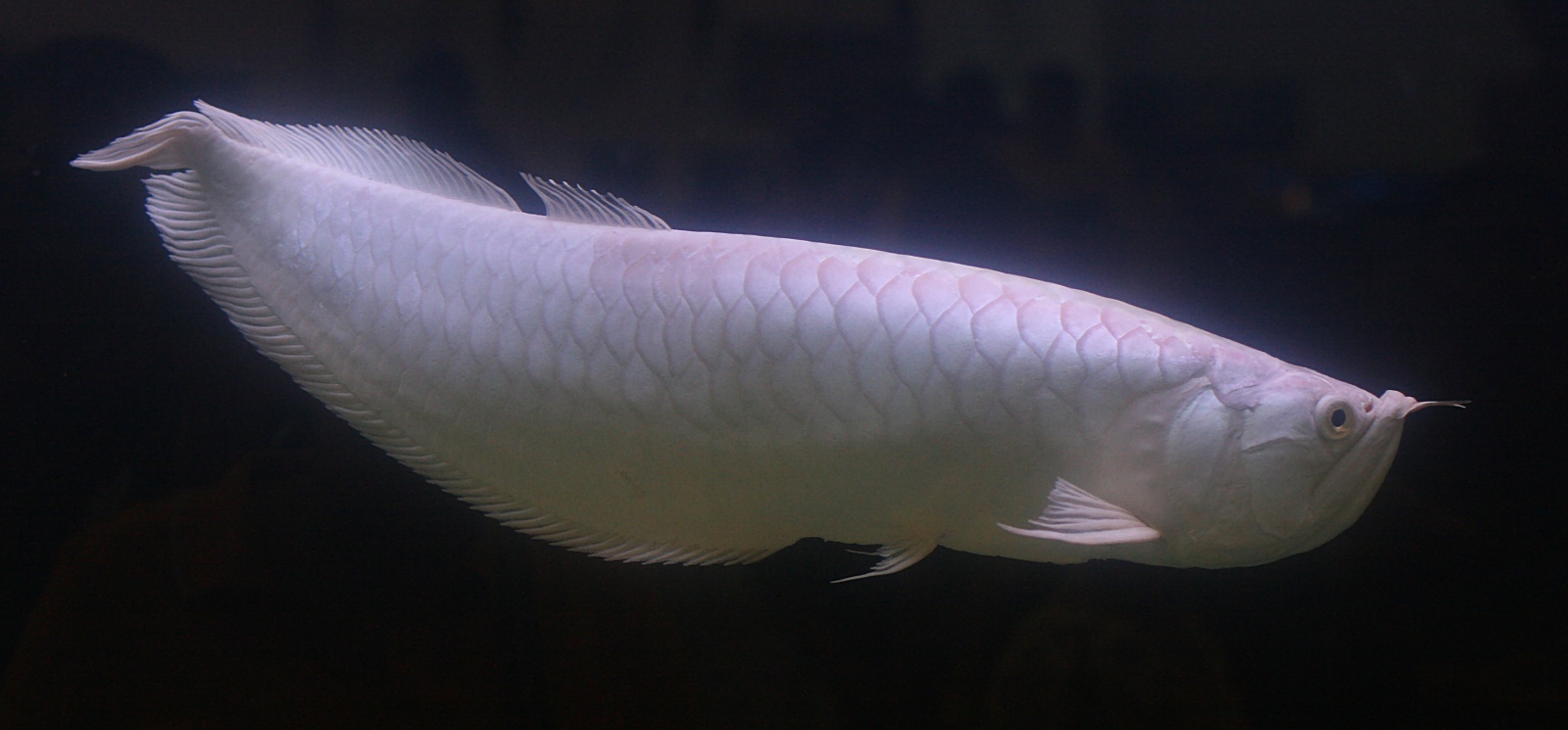


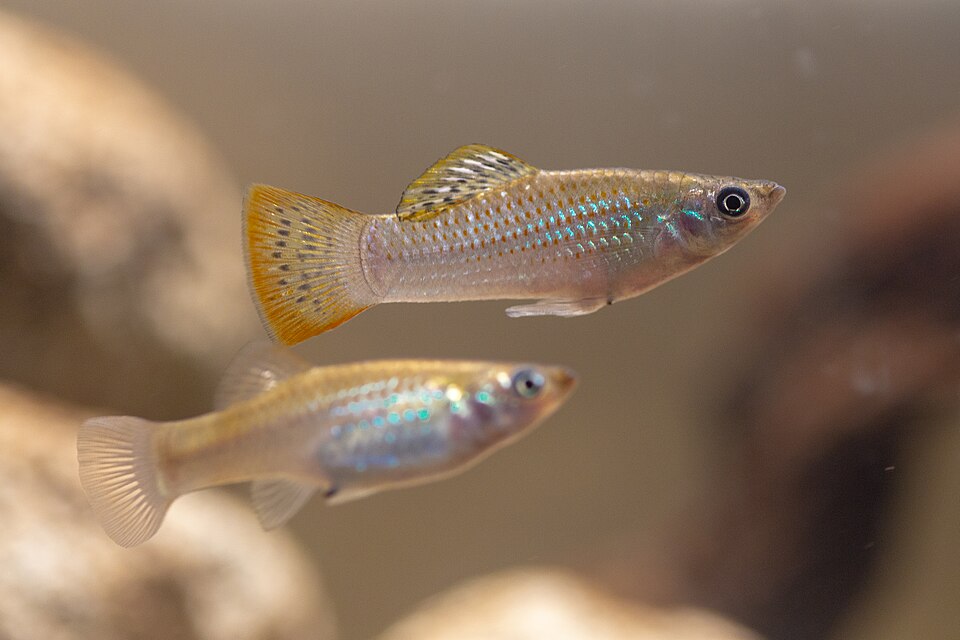
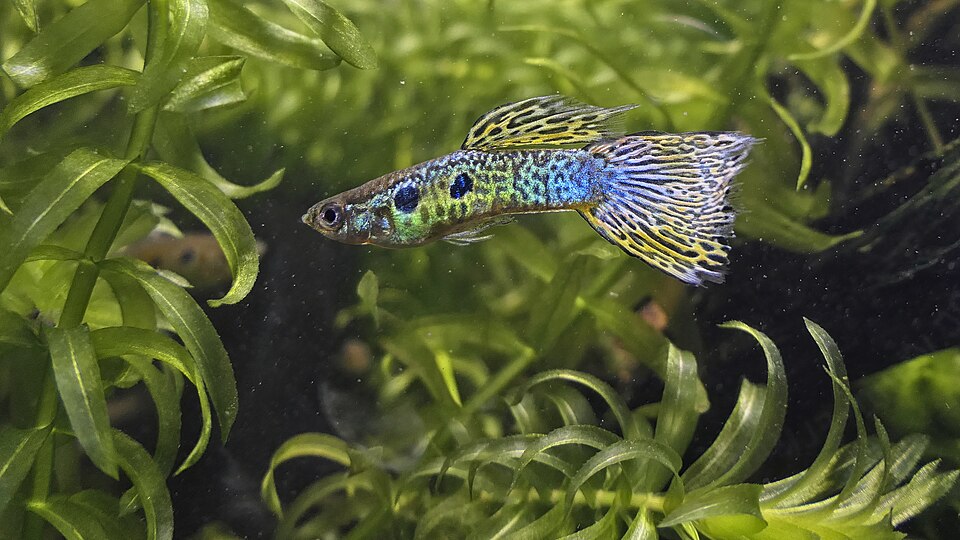
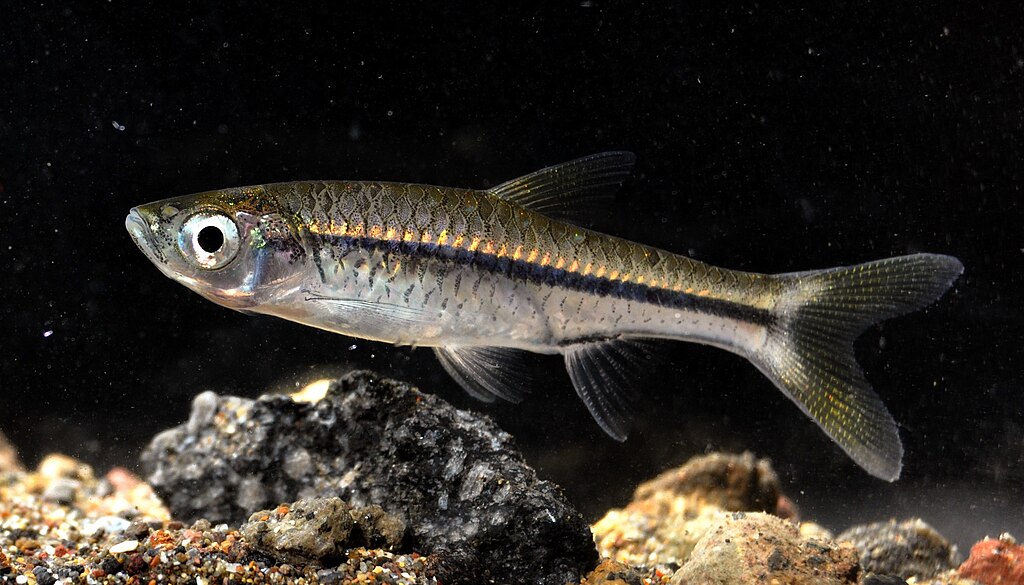
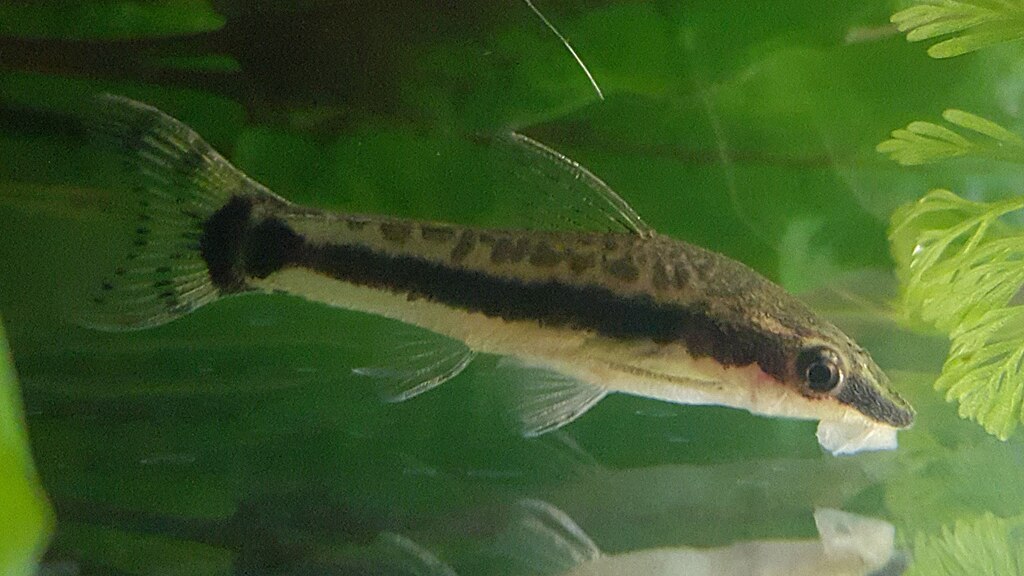
Leave a Reply